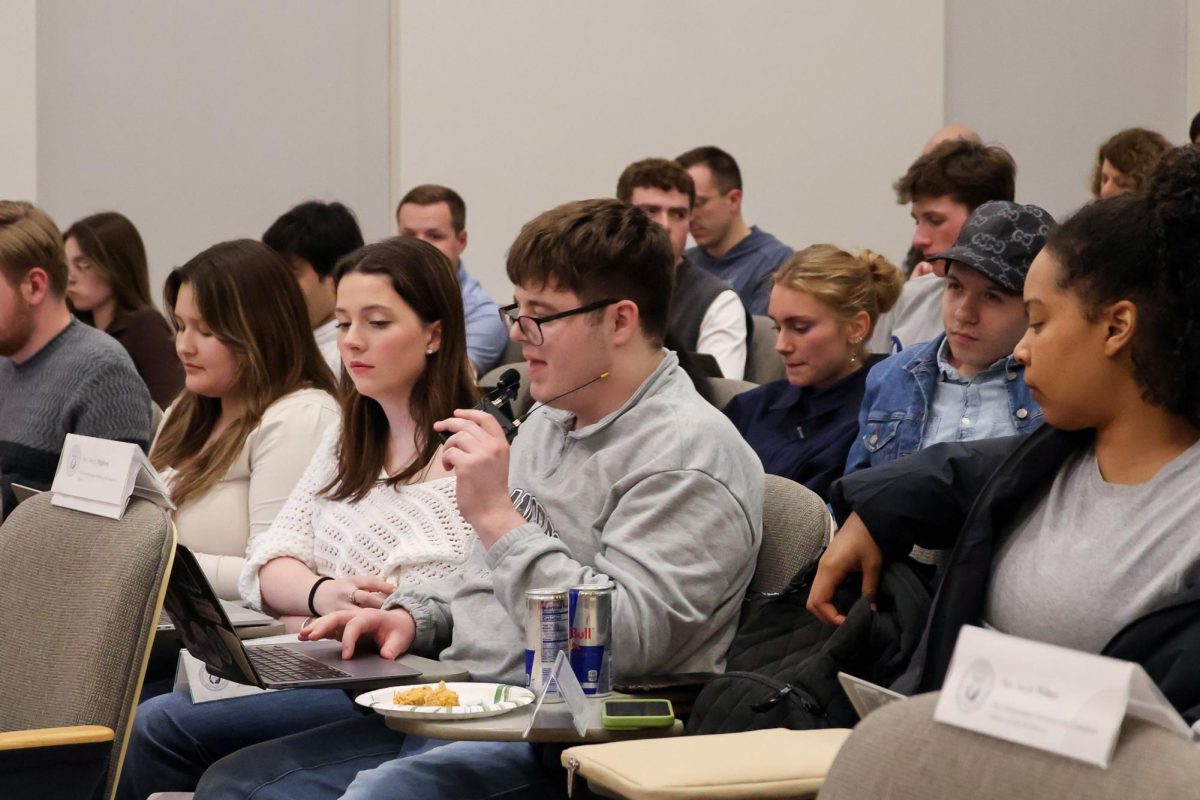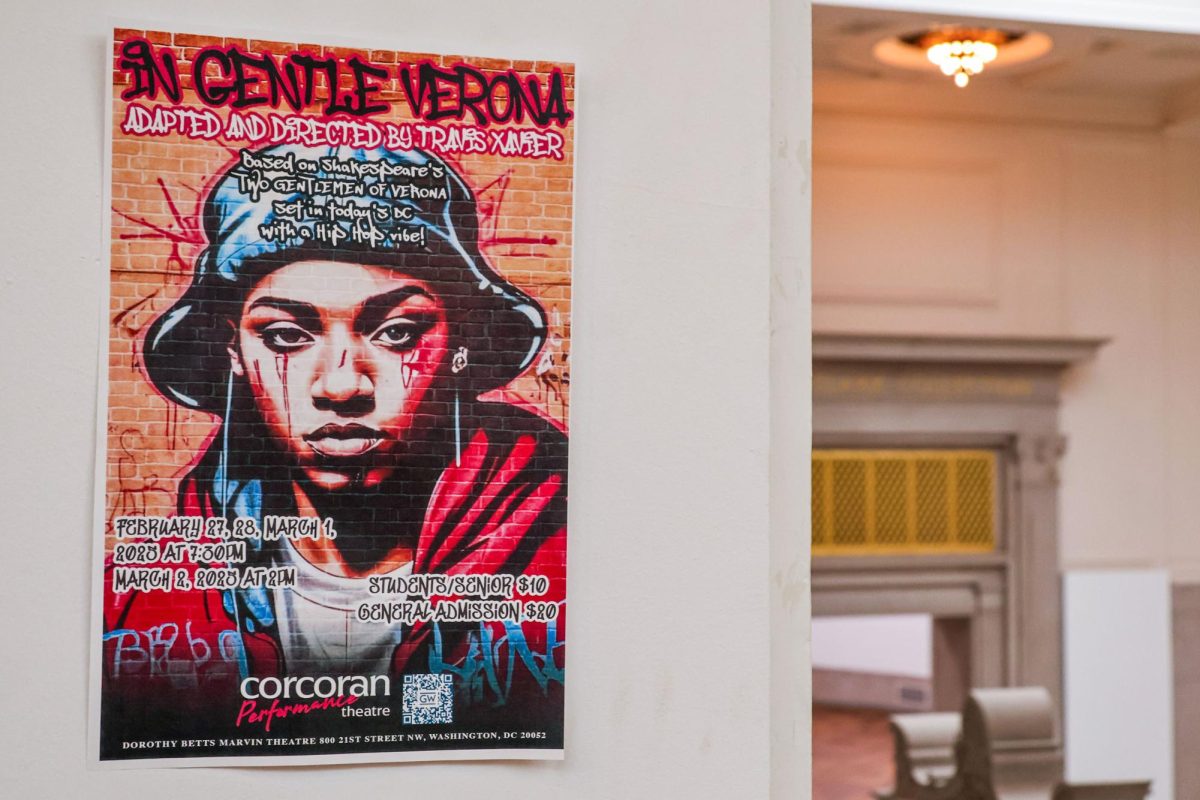Students, faculty and staff can now read online articles from The New York Times, The Washington Post and The Wall Street Journal for free, Executive Vice President and Chief Financial Officer Mark Diaz said in an email to the GW community Friday.
The Student Association Senate passed a resolution in April calling on officials to give students access to newspaper subscriptions, and SA leaders said they have spent the months since discussing the initiative with officials. The program mirrors a publication service that ended in 2011 when students received newspapers at their residence halls doors.
“To uphold GW’s commitment to a world-class education, it is imperative to provide well-reported, factual and reputable news sources to its entire community, enriching its students, faculty and staff with the up to date information,” an SA release states.
SA leaders – including Senate Chief Policy Adviser Catherine Morris, Chief of Staff Zachary Nosanchuk and senior policy advisers Nicole Cennamo and Amy Martin – said they communicated with representatives from the three publications to negotiate subscription partnerships.
An annual student subscription to the Wall Street Journal and The Times cost $48, and a Post subscription costs $60.
Morris said the publications were chosen because they cover a range of national issues, and their articles are sometimes assigned as class readings.
She said free subscriptions will allow all students to access the news at a time when it is particularly important to stay up to date, citing online learning and the presidential election.
“While there are many virtual events happening as everyone has largely shifted to an online world, the virtual setting can also give rise to an overflow of information on the internet – leaving people to be skeptical of the information they encounter,” she said.
Nosanchuk, the SA chief of staff, said the newspaper subscriptions, especially during a pandemic, will help alleviate the financial burden of paying for access to online news.
“We need access to accurate, fact-checked information like never before,” Nosanchuk said. “News organizations like these allow students to have access to notifications about major world events as they occur, long-form features, video pieces,and podcasts alike.”







